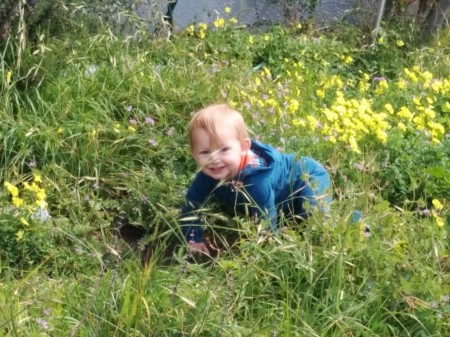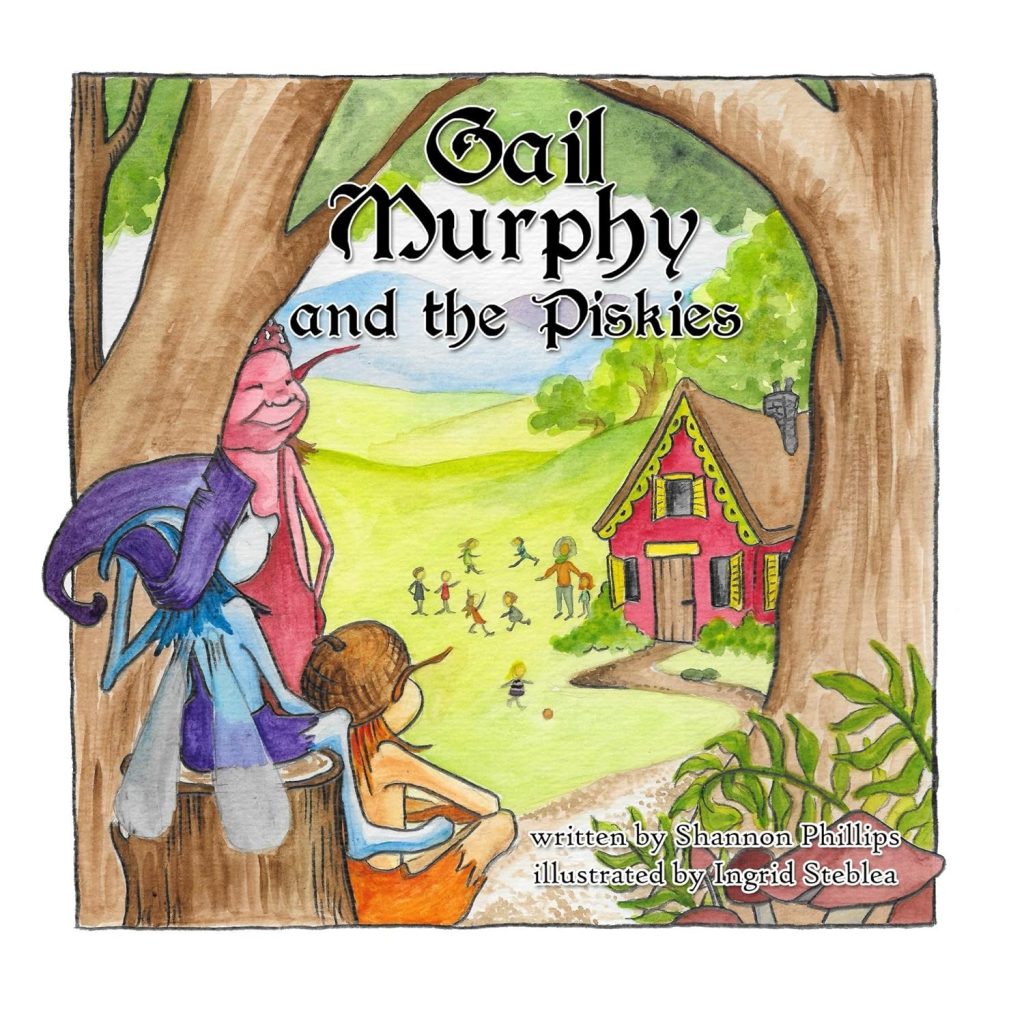Darwinian Landscaping
(Photo by Sam)
So this is what our front yard looks like right now—do you like my lawn gnome? I had the bright idea that if we got some boulders and dropped them around the yard, it would magically transform our “patch of overgrown weeds” into a “wildflower rock garden.” Accordingly we traipsed off to the rock store, loaded up the station wagon with some nice big ones, and heaved them into the front yard. I gazed around at the results and said, “Yeah, we’re gonna need more rocks.”
Here is my approach to landscaping: Every fall, when the rains start, I buy a few plants and I put them in the yard. Then I do absolutely nothing to help them. I don’t weed, I don’t fertilize, I don’t water. Usually I put a little rock next to them, so that when I come out the next time I can easily spot whether or not they’re dead yet. When the next fall rolls around, if the plant is dead, I put something else in that spot.
I call this “Darwinian landscaping,” and the amazing thing is that it works pretty well. I mean, obviously a lot of plants have died on me. But so far we’ve got some native sage, gooseberries, and manzanita that are thriving; two rosemary bushes that are going like gangbusters; some very happy and bee-covered lavender lining the walkway; a native penstemon that looks like it’s gonna pull through after all; a fuschia bush that probably won’t; and several low-growing mountain lilacs that I have high hopes for. And weeds. Lots and lots of weeds.
And you know what? The weeds–especially the weeds that make pretty flowers, and attract butterflies and bees–are welcome to compete. I don’t know why a patch of oxalis with its cheerful yellow (and edible!) flowers should be considered any less desirable than a violet or geranium. It’s not a native plant, but then again, neither is my lavender. So long as the oxalis can thrive without water, fertilizer, or pesticides, it’s welcome in my weed patch wildflower rock garden.
But we are gonna need more rocks.













March 30th, 2014 at 3:49 pm
Very cool! Thanks for sharing. I don’t know anything about gardening in that climate – do you do any bulbs at all?
March 30th, 2014 at 4:47 pm
Yes! I have wild irises and fortnight lilies around the side of the house, and also a couple of paperwhites up front–although I don’t know if the paperwhites will see another year, as they’re being strangled by the exploding rosemary bushes.
Bulbs do okay here so long as they’re drought-tolerant. The *main* thing for plants in our climate is to be able to adapt to a rainy and dry season, since we pretty much get all of our rain between November and April. May through October is generally sunny, hot, and dry.
The plants that do well here are usually native to Africa, Australia, or Mediterranean climates. (Or native to here, of course!)
March 31st, 2014 at 12:04 pm
Paperwhites outdoors! Wow. For a northern gardener that is amazing to contemplate. It all sound beautiful. I love irises.
March 31st, 2014 at 12:29 am
Adorable gnome is adorable!
Is it your ecosystem’s apex predator? 😉
March 31st, 2014 at 9:35 am
Hah! He might be.